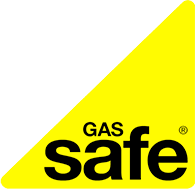Check the pressure gauge on the front of your boiler. If the needle or display shows below 1 bar, your boiler pressure is too low. Signs of low pressure include the boiler shutting off or radiators not heating up efficiently.
- Turn Off the Boiler: Ensure the boiler is off and has cooled down to avoid any risk of burns.
- Locate the Filling Loop: Usually found beneath the boiler, this loop usually has two taps or handles.
- Attach the Filling Loop: Secure the hose to both taps if it’s not already attached.
- Open the Valves: Slowly open both valves to allow cold water into the system.
- Monitor the Pressure Gauge: Close both valves once the pressure reaches between 1 and 1.5 bars.
- Remove the Filling Loop: Detach the hose carefully, catching any drips with a cloth or container.
- Bleed the Radiators: Use a radiator key to release any trapped air, which helps stabilise the pressure. Check the gauge again for low boiler pressure. Top up if needed.
- Turn the Boiler Back On: Switch the boiler back on and ensure it operates correctly.
-Using a Standard Filling Loop
A standard filling loop is a hose connecting the boiler to the mains water supply. Here’s how to use it to top up the pressure on your boiler:
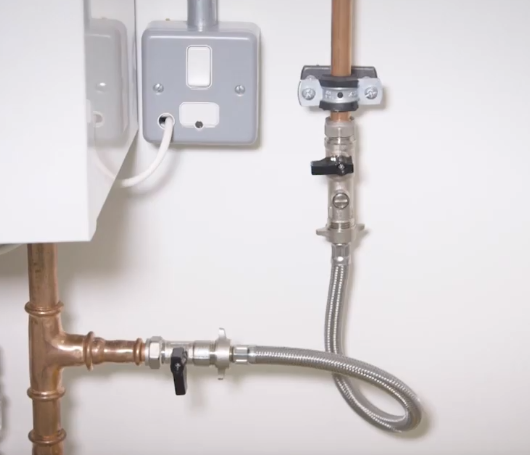 1. Turn Off the Boiler: Ensure the boiler is off and cooled.
1. Turn Off the Boiler: Ensure the boiler is off and cooled.
2. Attach the Filling Loop: Connect the hose to the two valves.
3. Open Both Valves: Open the valve connected to the mains first, then the boiler valve.
4. Monitor the Pressure Gauge: Close both valves once it reaches between 1.0 and 1.5 bars.
5. Remove the Filling Loop: Detach the hose and wipe up any spilled water.
-Using a Keyed Filling Link
Some boilers use a keyed filling link for topping up. To top up the boiler pressure with this device, follow these 5 steps:
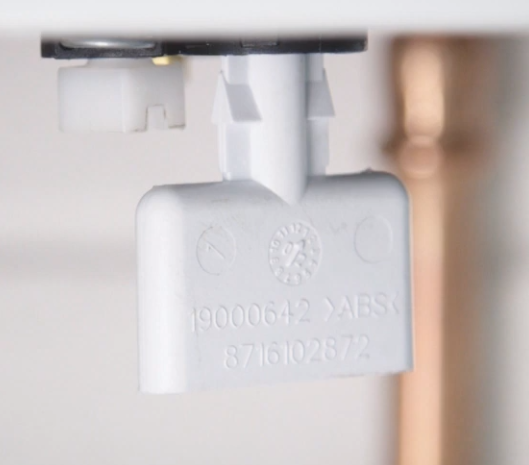
1. Locate the Key: Usually found near the boiler.
2. Insert the Key: Insert the key into the slot.
3. Turn the Key to Open: Open the valve by turning the key and watch the pressure gauge.
4. Close the Valve: Once the pressure is correct, close the valve and remove the key.
5. Store the Key Safely: Keep the key in a secure place.
-Using a self-closing Keyless Filling Link
Self-closing, keyless filling links are the easiest to use, typically involving a lever.
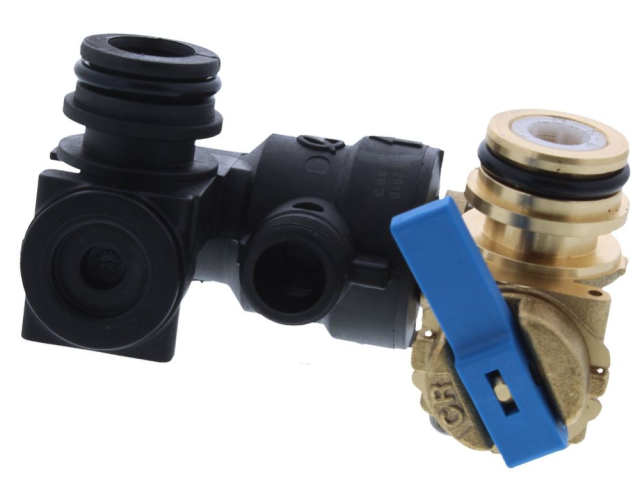
1. Locate the Lever: Find the lever under the boiler (this is usually blue in colour).
2. Pull Down the Lever: This opens the valve, allowing water in.
3. Monitor the Pressure Gauge: Release the lever when the pressure is between 1.0 and 1.5 bar.
-Using a Keyless Filling Link with Two Valves
Some keyless filling links have two valves that need to be opened. Here’s how to use them to top up your boiler pressure:
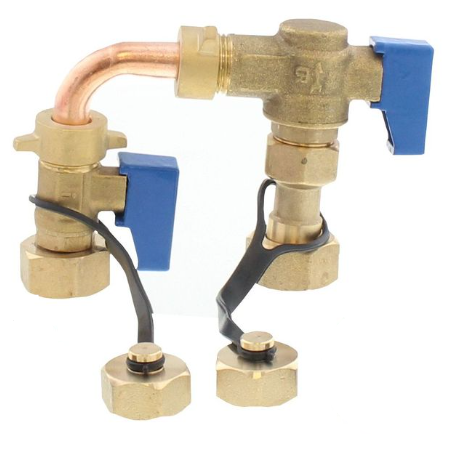
1. Turn Off the Boiler: Make sure the boiler is off and cooled.
2. Locate the Valves: Identify the two valves under the boiler.
3. Open Both Valves: Open each valve one at a time, allowing water to flow into the system.
4. When the pressure gauge reaches between 1.0 and 1.5 bar, close the valves.
5. Ensure Valves Are Fully Closed: Double-check that both valves are fully closed to prevent over-pressurising.
> Common Reasons for Boiler Pressure Loss
If your boiler keeps losing pressure, it could be due to:
– Small Leaks: Tiny leaks in the system’s pipework, radiators, or the boiler itself can cause pressure loss.
– Faulty Expansion Vessel: This component absorbs pressure changes. If it loses its charge, the pressure can rise to 3 bars or more, triggering the pressure relief valve (PRV).
– Incorrectly Closed Filling Loop: Ensure valves are fully closed after topping up to prevent continuous water flow, which can over-pressurize the system.
Top Tip: You can monitor the pressure gauge to diagnose a faulty expansion vessel. If the pressure rises significantly during operation, consult a professional.
> Troubleshooting Tips for low boiler pressure
– Unstable Pressure: Persistent pressure drops might indicate leaks or a faulty Pressure Relief Valve (PRV). Contact a heating engineer if issues persist.
– Overfilled Boiler: If the pressure exceeds 2.5 bars, try bleeding the radiators to reduce it.
By following these steps, you canefficiently top up your boiler pressure, ensuring smooth operation and longevity. Regular maintenance checks by a gas-safe engineer can prevent many common issues. For expert assistance, contact Expert Heat for professional boiler maintenance services.
For more detailed guidance or if you encounter persistent issues, don’t hesitate to reach out to Expert Heat. Our professional team is always ready to help with any boiler maintenance needs.
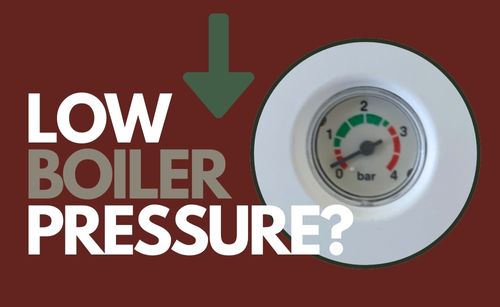

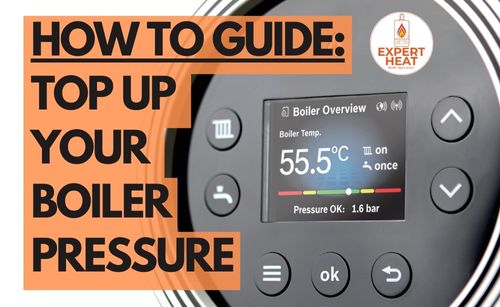
 1. Turn Off the Boiler: Ensure the boiler is off and cooled.
1. Turn Off the Boiler: Ensure the boiler is off and cooled.



